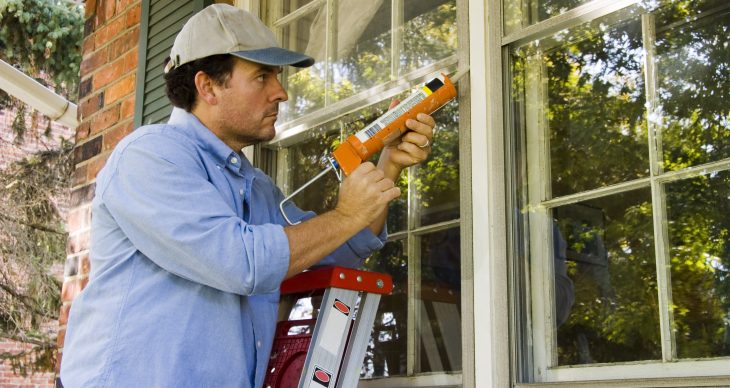Keeping your home energy efficient is more important than ever, especially with rising energy costs. The Weatherization Assistance Program (WAP) can help low-income families reduce energy bills by making homes more energy-efficient. Whether it’s sealing air leaks, insulating walls, or upgrading appliances, WAP provides the tools and resources needed to improve home energy use and reduce costs.
In this article, we’ll walk you through what the program is, who can usually qualify, and how it can make a real difference in lowering energy bills. Curious about how WAP works? Let’s dive in for an overview of the Weatherization Assistance Program.
The Weatherization Assistance Program (WAP) is a federal initiative that helps low-income families make their homes more energy efficient, reducing both energy usage and costs. Established in 1976, WAP is funded by the U.S. Department of Energy (DOE) and is designed to improve the energy efficiency of homes, particularly for those who may not have the financial means to invest in upgrades.
The program aims to lower energy bills and increase comfort, making it easier for households to maintain a safe, healthy living environment.
WAP focuses on long-term solutions by providing services that reduce energy consumption. If you qualify for assistance, the process usually starts with an energy audit, a comprehensive evaluation of your home’s energy efficiency.
A qualified contractor or energy auditor will generally assess where your home loses the most energy, such as through poor insulation or inefficient appliances. Based on the results of this audit, WAP determines which improvements are most needed and will have the greatest impact on reducing your energy bills.
Once the audit is complete, local agencies, contractors, or nonprofit organizations that partner with the program carry out the necessary weatherization work. These improvements are generally performed at no cost to the homeowner, which makes WAP an incredibly valuable resource for low-income households.
The improvements made through WAP are designed to lower energy bills and contribute to a healthier living environment. By sealing air leaks and improving insulation, homes become less drafty and more comfortable.
This is particularly important for vulnerable populations, such as the elderly and families with young children, as maintaining a safe indoor temperature can prevent health issues related to extreme cold or heat.
In addition to the immediate financial savings, WAP contributes to environmental sustainability by reducing overall energy consumption. By lowering energy demand, the program helps decrease greenhouse gas emissions and supports long-term efforts to combat climate change.
Want to know how to qualify for WAP and how to apply? Head to the next slide for a look at the requirements.



